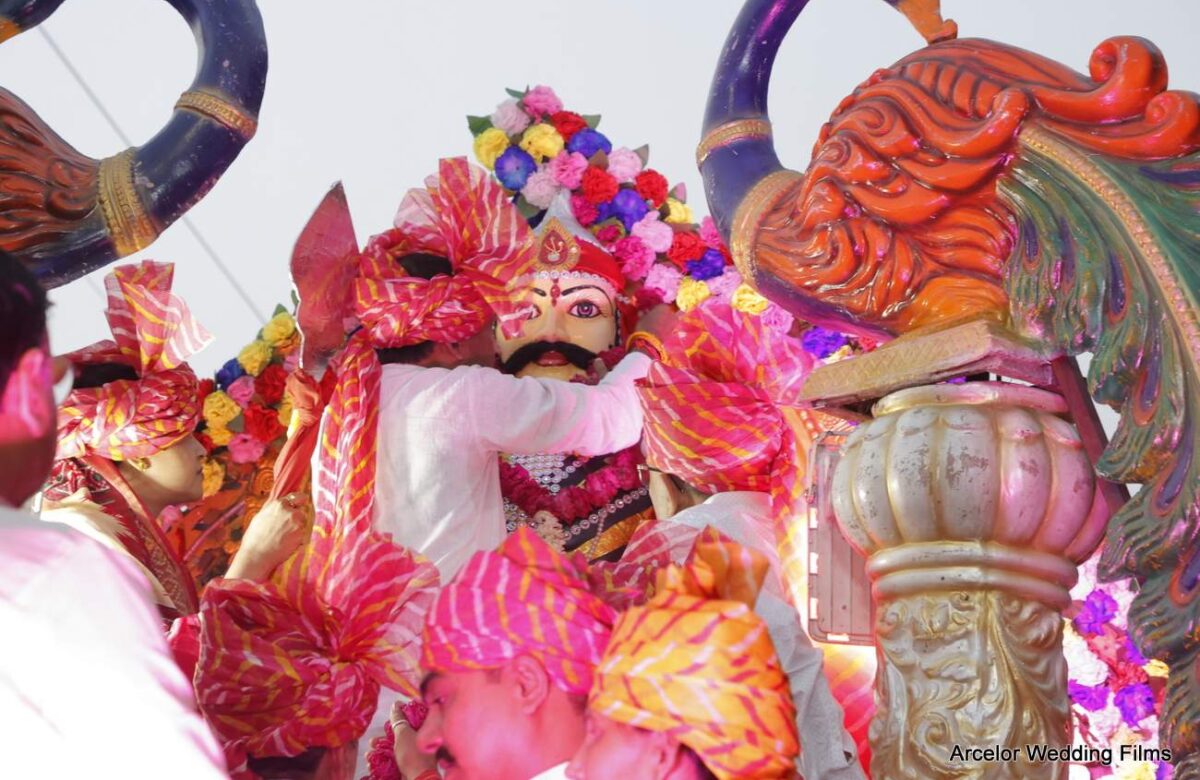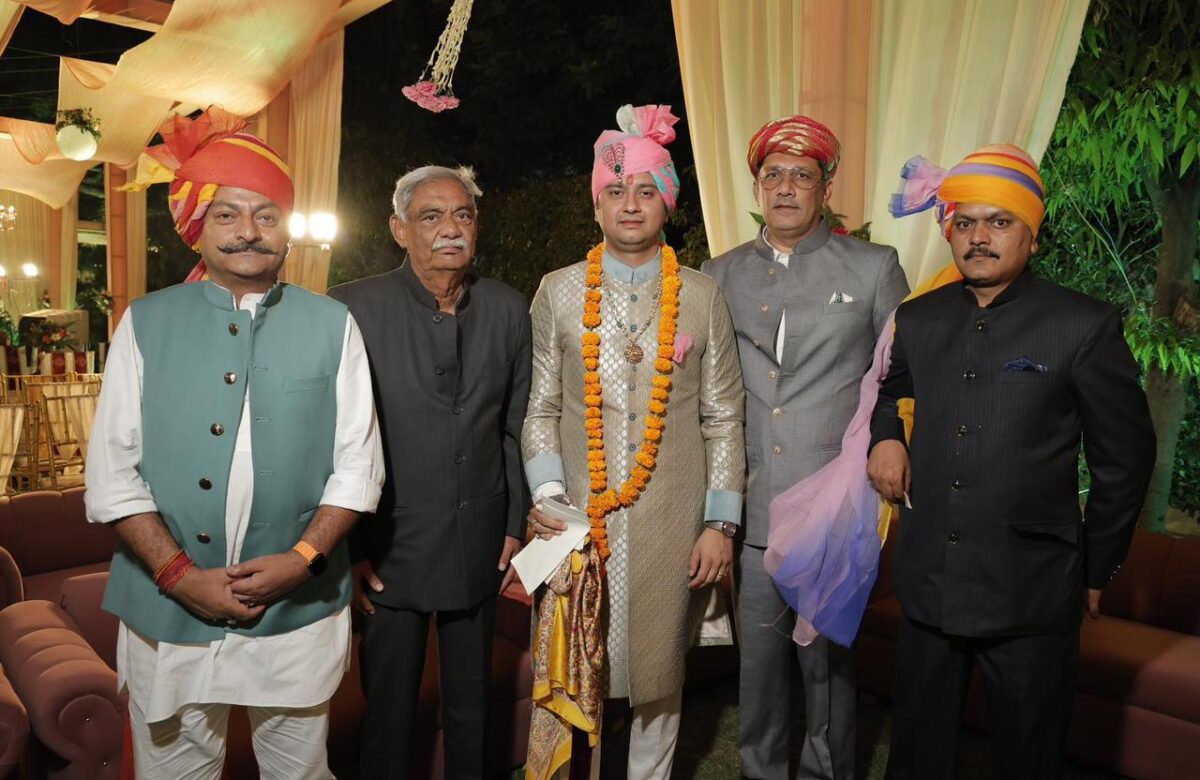When India became a nation following its independence from Britain, most of the biggest and richest royal families disappeared from the public eye. But some, like the Marwar-Rathore dynasty, has survived and thrived. Faiza Elmasry tells us how the descendants of this family have turned their ancestral properties into modern business enterprises.
Love Above Royalty
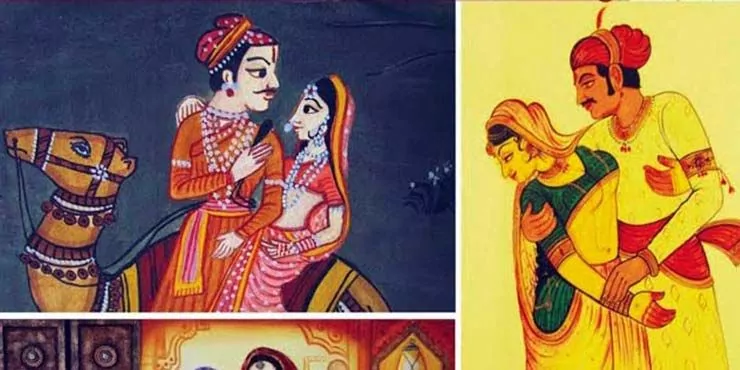
Mural, an incredibly delightful Rajput princess needed to wed the most brilliant and boldest man. She set an enchanted snare with her seven sisters. Rana Mahendra of Umer Kot (presently in Pakistan) was attracted to the snare and effectively finished the assessment.
This is the manner by which they became hopelessly enamored. Mahendra used to head out each day to meet her on his camel. Be that as it may, his folks broke the legs of the camel to prevent him from meeting Mural.
The resistant sovereign took another camel and set out for Jaisalmer yet wound up in Barmer. Then, the princess who was playing spruce up with her sisters nodded off hanging tight for him. On arriving at Jaisalmer, Mahendra confused the sister with a lover and expected that he was undermined.
Since Mural neglected to persuade Mahendra of her guiltlessness, she hopped into a fire and took her life. Mahendra arrived at Jaisalmer on hearing this however excessively late. She was dead at that point and he joined her in a similar fire.
The Royal Family of Jodhpur
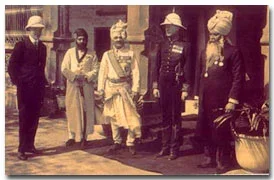 On a leafy pond, tucked into a shady corner of Jodhpur’s magnificent fifteenth-century fortress, Mehrangarh, there stands a tiny temple.
Exuding serenity it looks out over the outer walls of the fortress at the bustling old walled city of Jodhpur; that part of it was washed blue by her pious Brahmins. Behind it the natural rock-face of Bhakurcheeria, the Mountain of Birds from which the fortress is hewn, rises a hundred and fifty feet high, giving way first to intimidating man-made battlements and then, suddenly, to exquisite palaces.
On a leafy pond, tucked into a shady corner of Jodhpur’s magnificent fifteenth-century fortress, Mehrangarh, there stands a tiny temple.
Exuding serenity it looks out over the outer walls of the fortress at the bustling old walled city of Jodhpur; that part of it was washed blue by her pious Brahmins. Behind it the natural rock-face of Bhakurcheeria, the Mountain of Birds from which the fortress is hewn, rises a hundred and fifty feet high, giving way first to intimidating man-made battlements and then, suddenly, to exquisite palaces.
The temple was raised in honor of an old hermit called Cheeria Nathji, the Lord of the Birds, by the fifteenth Rathore ruler of Marwar, Rao Jodha, in 1459; the same year that he began the construction of Mehrangarh and laid the foundation of the city of Jodhpur.
Indeed, the story of Jodhpur begins with Cheeria Nathji, the city’s first citizen who had lived here in contemplative isolation for many years when Jodha’s masons shattered his tranquil world. Irate, he cursed the Rathore, “Jodha! May your citadel always suffer a scarcity of water!” A terrible curse anywhere, but in this harsh and inhospitable land, on the eastern extremities of the Great Indian Thar Desert, a land still called Marwar, The Land of Death, it heralded doom itself.
For the story of the martial clan, the Rathores, who ruled Marwar from Jodhpur till the Merger of the Princely States with the Dominion of India in 1949, one must travel further back in time to the year 1194. It was in that year, thousands of miles away in eastern India that the Muslim invader, Mohammed Ghori, defeated the mighty Jaichand of Kanauj. It was Jaichand’s great-grandson, Shoji, who rode out to Marwar in 1226, eager for fresh battlefields and glory all his own. And it is Sheoji’s descendants who proudly bear the name, Rathore.
In 1226 the principal cities of Marwar were Mandore, today a fifteen-minute drive from Jodhpur and Pali, an hour’s drive south; and it was the latter, a rich commercial center, that Sheoji first conquered. Over the decades the Rathores expanded steadily but it was only in 1395, in the reign of their twelfth ruler, Rao Chunda, that they acquired – not conquered – Mandore.
Mandore is Marwar’s most historic city. Today in ruins, it was the capital of many a great dynasty. Legend has it that Ravana, the Demon King of Lanka who defied Lord Rama himself, married a princess of Mandore, his favorite queen Mandodri. In 1292 the Parihar Rajputs lost Mandore to the Khilji Sultans of Delhi and after that, the city remained with the Sultans of Delhi till 1395. In that year their Governor in Mandore, Aibak Khan, demanded fodder as well as the tax on grain, and this eventually proved to be his undoing. The Parihars, tired of this autocratic man, hatched a plan, which, in ingenuity matched the famous Trojan Horse, and in bravery far surpassed it. Five hundred Parihars smuggled themselves into the fortified city in a hundred cart-loads of grass. These carts were checked randomly and prodded with spears. As the unchallenged rulers of Mandore, Sheoji’s descendants were firmly established as the most powerful clan in the region. And it was left to Chunda’s grandson, Rao Jodha, to secure a place for the Rathores in the annals of India by building one of her most spectacular forts and founding one of her most charming cities. The foundation of this fort was laid on 12 May 1459 by Jodha himself on rocky Bhakurcheeria, only six miles away from Mandore. Perhaps with Cheeria Nathji’s curse ringing in his ears, Jodha had a young man buried alive in it to ensure the new site proved propitious. This man was Rajiya Bambi who was promised that his family and descendants would be looked after by the Rathores. It is a promise that has been honored and Rajiya’s descendants, who still live in Raj Bagh, Rajiya’s Garden; the estate bequeathed to their ancestor by Jodha, continue to enjoy a special relationship with the Maharaja.
The one with the brutal heart
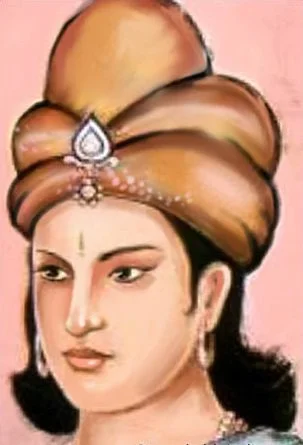
The cursing tale
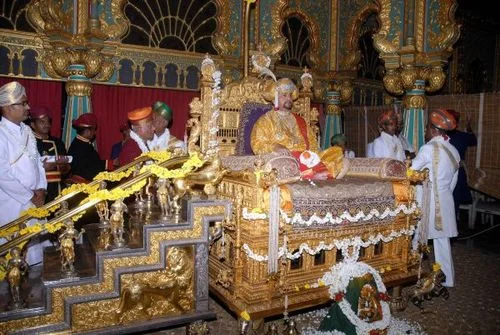
The Mysore empire was taken over by the Wadiyar dynasty after killing the king and soon they were cursed by that king’s queen before she committed suicide. It led to the downfall of the Wadiyar dynasty but later the statue of the dead queen was installed and worshiped. The statue is present in the palace to date.
Read More about Royal Life of Royal Families in Modern India


